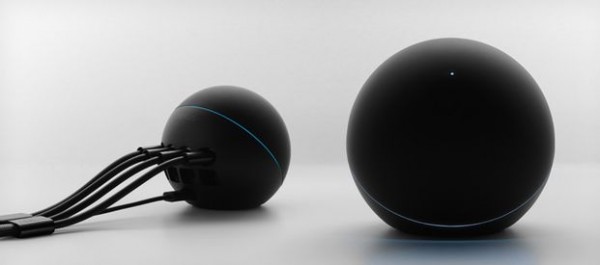
Nexus devices are largely sold out this holiday season. Supply can't meet demand, particularly the new smartphone. But one Google gadget is missing altogether, pulled before official sales started. I've got Nexus Q, and you should be able to have one, too. The entertainment device is quirky, but I like it. Surely there is stock sitting around in some warehouse somewhere. Sell it out, Google. Give geeks something else to clamor for and recover some of the development and manufacturing costs.
The sphere-shaped device is a remarkable product, and changes fundamental concepts about digitally-delivered entertainment. Users stream music or movies from the cloud, using Android smartphone or tablet as remote control. The approach solves a fundamental end-user problem with digital content: Simple sharing.
Share and Share Alike
When you purchase a movie from popular digital stores, it is attached to a single account. Your buddy can bring over a Blu-ray to share, but that digital HD copy requires extra effort, if possible at all. Google solves this problem by letting multiple users control a single Nexus Q, even at the same time, using their own Android.
Additionally, Nexus Q is highly portable and attaches to any modern TV or sound system; because content is in the cloud it's available anywhere the device goes. So the Q is social in two ways: Opening access to protected content and sharing owned content, such as music, among groups.
Stated differently, Nexus Q promises to deliver your content anytime and anywhere there is a cloud connection -- and your friends' and families', too. Google calls the device the 'first social streaming media player', and there's truth in the claim.
There are other solutions. For example, Apple TV streams content from iOS devices or Macs on the same network. But Google's concept is pure cloud storage and delivery, makes Android the controller and puts social sharing as main user benefit. Last month, the search and information giant brought a taste of Q to the YouTube app, which now can play videos from Android devices and allows control from multiple smartphones or tablets. Setup is drop-dead easy, as it is for Nexus Q. I recently got Nexus 4 and Nexus 10, and connected to the entertainment sphere with a single click.
Q the Context
I'll look at the major benefit from another perspective. Last month I explained that we have entered the contextual cloud computing era. Post-PC is over, if it ever was. Context drives device usage, not location. The mainframe and PC eras are largely defined by location -- meaning where the device is fixed.
Cloud-connected devices are generally mobile and how people use them changes in context. You're out and about and need to find a toy store. You search on the phone with you, rather than using a tethered PC or yellow pages attached to a payphone. Perhaps you start watching a movie on the smartphone and finish it on the big screen TV. Location changes, context changes, but content remains the same.
Nexus Q is highly contextual because Android devices control it. Content follows you, from the cloud, to your Android to Google's sphere. That's your stuff, or anyone else's with you. Something else: The controller concept is more intimate -- you and the smaller screen using touch to make choices for the larger one.
Spherical Matters
I started using Nexus Q after returning from Google I/O in late June, and posted my first-impressions review in early July. While I generally liked the device, the cloud and remote control concepts didn't jive at first. Perhaps it's an age thing; I'm not a young dude. But the Q grew on me, and I use it to consume all kinds of X, Y, Z content. The HD-viewing experience devastates Google TV and most similar devices I've used, including Apple's. As such, I now generally rent or purchase movies from Google Play, because the viewing and audio experience is so rich.
Nexus Q is a feat of engineering that puts Google in the same class as Apple, and really in some ways above. The sphere-shaped device is beautiful, in part for its simplicity and the way circularity contrasts with rectangular consumer electronics devices alongside where it sits. Thirty-two LEDs circle the sphere, using color to let you know, say, whether Nexus Q is connected to the Internet or not. The sphere rotates around the LEDs to control volume, while a tap mutes sound.
Google describes the enclosure as "die-cast, precision machined zinc bottom housing...injection-molded, interactive balanced top dome with precision bearing and satin touch coating".
Beauty also is functional: Bluetooth, near-field communication, optical audio and micro-HDMI are among the connection options. Nexus Q is primed for digital audiophiles and videophiles -- all without adding more clutter to your dorm room, studio apartment or media space.
Full specs: OMAP4460 (dual ARM Cortex-A9 CPUs and SGX540 GPU); 1GB RAM; 16GB NAND flash memory; 25W class D amplifier (12.5 watts per channel); micro-HDMI (type D); TOSLink Optical audio port (S/PDIF); 10/100 Ethernet; banana jacks; WiFi a/n; Bluetooth; and Android 4. Diameter is 116mm and the device weighs 923 grams but feels heavier, perhaps because of the die-cast metal exterior.
Bring Back the Dead
If only you could buy one and partake its simple beauty, which brings me back where I started. Google planned to sell Nexus Q for $299, then in late July abruptly postponed launch after taking preorders. The sphere hung as a carrot alongside other Nexus devices until early October, when Google unceremoniously whipped out the stick and pulled the Q when adding new smartphone and 10-inch tablet to the lineup.
I love Nexus Q now, despite some quirks. I can't expect Google to update a device that is destined to become obsolete. So the experience won't get better short of modding. Perhaps updates are unnecessary, since content purchase experience comes from Android smartphone or tablet accessing Google Play. That's another reason to let those who want the device to buy. There is shelf life.
Sell out the stock, Google. Give geeks something else to talk about this holiday and to buy. Even if the device lasts just minutes on Google Play before selling out, the event will be memorable and buzz worthy. The Android Army deserves nothing less.



 Bitdefender has released 60-Second Virus Scanner, a cloud-based malware hunter which aims to provide an extra layer of security protection for your PC.
Bitdefender has released 60-Second Virus Scanner, a cloud-based malware hunter which aims to provide an extra layer of security protection for your PC.


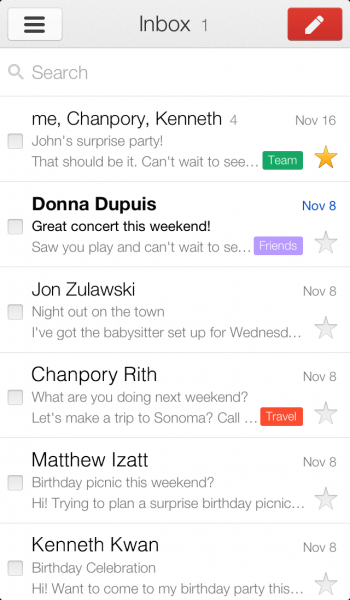
 The Mister Group has released
The Mister Group has released 
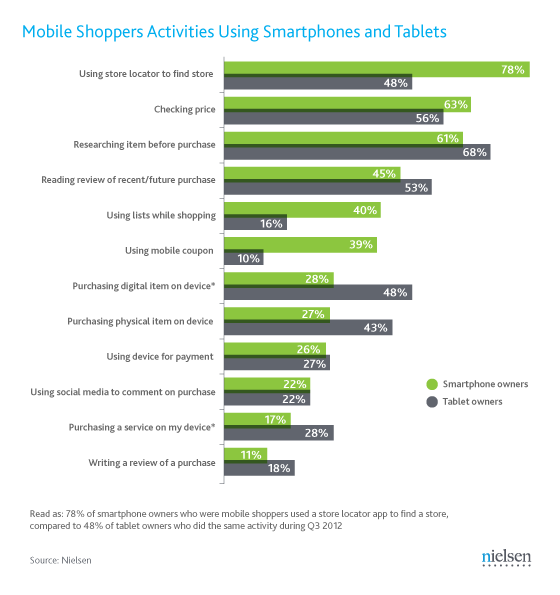
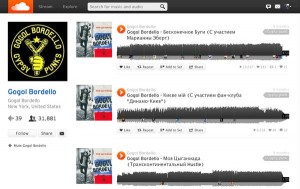 Social audio-sharing site SoundCloud announced on Tuesday that the beta of its redesign is complete and that "Next SoundCloud" is now welcoming users from the public.
Social audio-sharing site SoundCloud announced on Tuesday that the beta of its redesign is complete and that "Next SoundCloud" is now welcoming users from the public. Analysts continue to crunch Black Friday numbers, and NPD has fresh data out today on several consumer electronics categories, including Android tablets. The good news: sales at US retail are up 177 percent from the same period last year. Revenue: 91 percent. However, average selling prices are way down -- to $151 from $219 a year ago.
Analysts continue to crunch Black Friday numbers, and NPD has fresh data out today on several consumer electronics categories, including Android tablets. The good news: sales at US retail are up 177 percent from the same period last year. Revenue: 91 percent. However, average selling prices are way down -- to $151 from $219 a year ago. When you need to know more about the websites someone is visiting (you want to make sure your kids haven’t been straying on the darker side of the web, say) then checking their cookies has always been one option. But the information you’ll get is often very limited, maybe just to a domain name, and so won’t always be particularly useful.
When you need to know more about the websites someone is visiting (you want to make sure your kids haven’t been straying on the darker side of the web, say) then checking their cookies has always been one option. But the information you’ll get is often very limited, maybe just to a domain name, and so won’t always be particularly useful.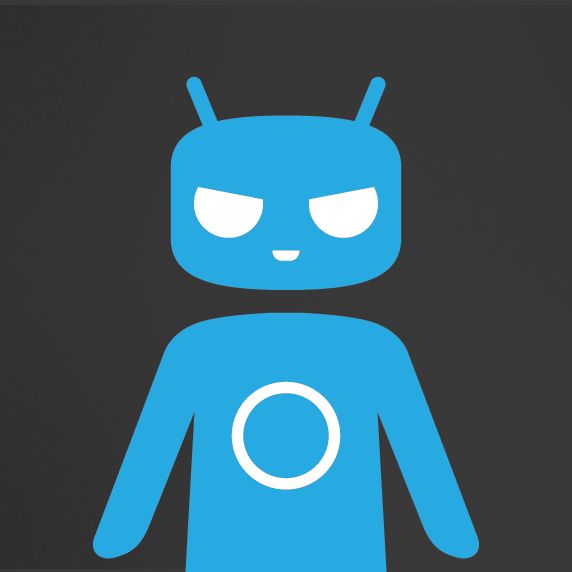

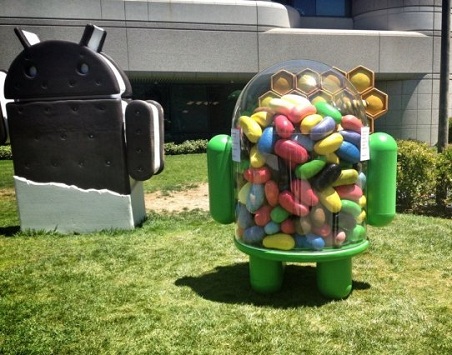
 There are plenty of tools available to help you calculate file hashes, but using them may not always be convenient. You’ll need to load the application, import your files, choose appropriate options, export the hashes, maybe more.
There are plenty of tools available to help you calculate file hashes, but using them may not always be convenient. You’ll need to load the application, import your files, choose appropriate options, export the hashes, maybe more.